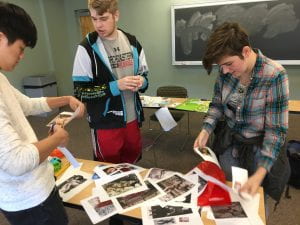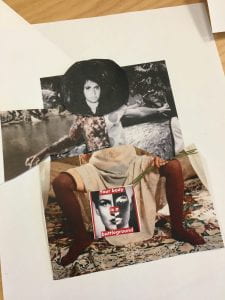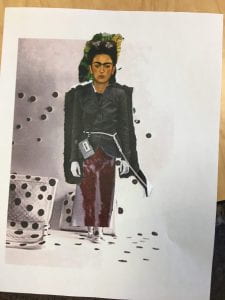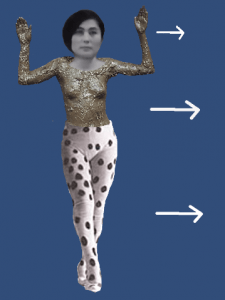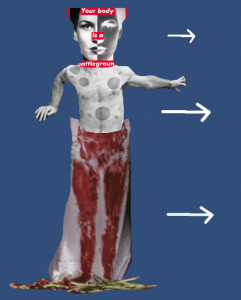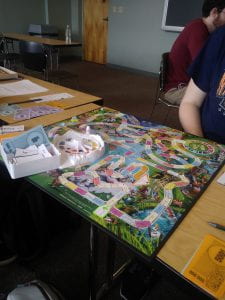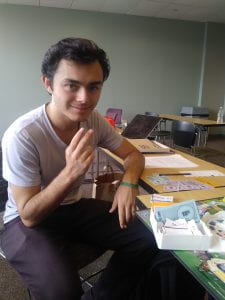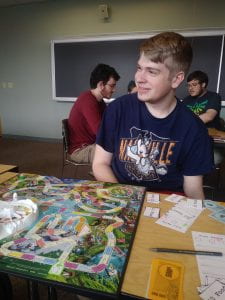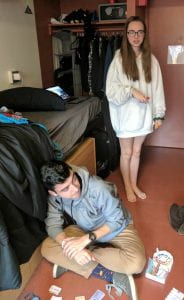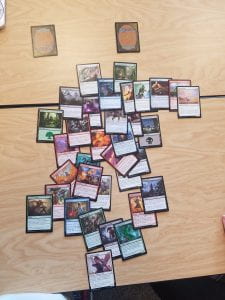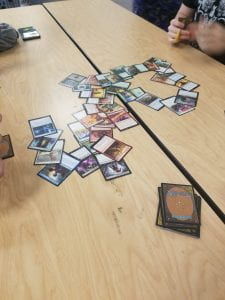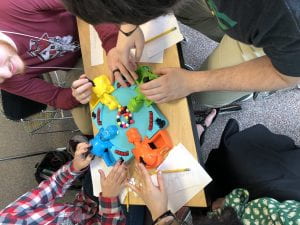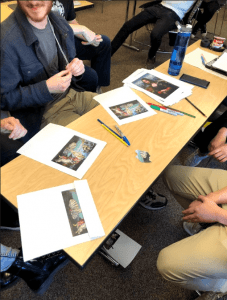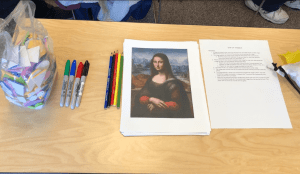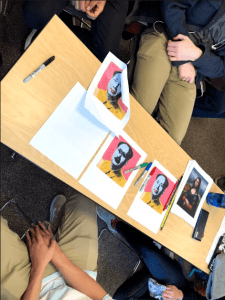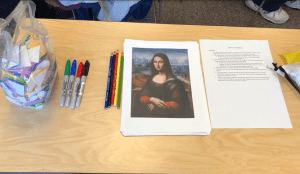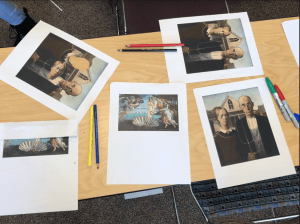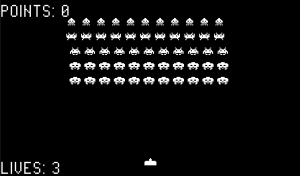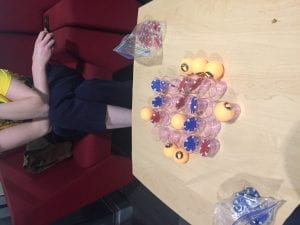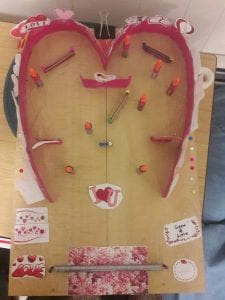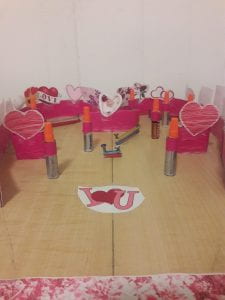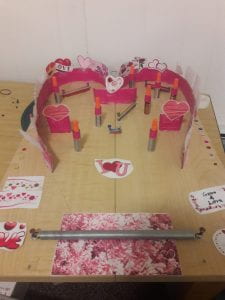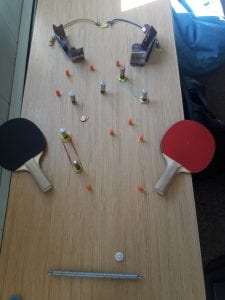xXx Throwback 2 Quizilla xXx
This game was made as an appropriation to the days of 2004-2010, when Quizilla was at its peak popularity. The website was used for mainly creating quizzes and writing stories. The site was used by many newer or popular fandoms of the time along with the emo scene. The game was made to mimic the quizzes of those times which were a series of questions and then a result in the end and the most popular quizzes had the taker get a result where they’re told that they have a certain power or end up with a handsome fictional character. The stories were all about a mediocre teenage girl who was stubborn and had attitude so instead of taking the route of those stories in which she gains 5-13 different powers, I made that all the questions would turn the player into a NPC in the interesting new world they were transported to instead of being a key player.
The game was made to mimic that style, but instead of having those happy endings or the instant suicide or cutting your wrists endings, I wanted to make the player always feel like they’re in limbo and thus never getting an end state that’s satisfactory or even considered an end state, but in respect to the medium I continuously gave the player commentary on their choices for some sort feedback even if it’s negative feedback.
The movement that I took inspiration from was the New York Dada movement because they had a focus on wit and humor using some sort of irony. However my main take away from the New York Dada movement was the movement’s criticism of forms of art by making fun of it with mimicry. Next are the works that I used to take inspiration from for my writing. The two that I used were Etant donnes and Fresh Widow by Marcel DuChamp. I used Etant donnes because Duchamp made a magical world over an impossible spanish wood door to point out war and the rise of fascism, but the viewer can only see it through a crack or peephole in the door and I used the idea of making a magical world, but only to block it off and have the players not do anything to create a frustration in my players. Next was Fresh Widow, which was a play on French Window and was a way to point out war and the romantic idea of soldiers going to war and their wives waiting for them. The inspiration that I took from the piece was to remove the romantic idea of escapism from these quizzes and the idea that there is a happy ending in the end of all the effort of answering questions.
Documentation
For my playtests, I’d ask them if they had been on Quizilla when it was still active, Or if their only experience were with Buzzfeed quizzes as it would give me some insight if the participant knew the type of humor and style of the ‘choose your own adventure’ disguised as a quiz with the appropriated general style of 2006-08.
The first person who played my game didn’t use Quizilla, but was familiar with the style of humor that I was trying to emulate and during the playtest.
Observations: There were a fair amount of eyerolls and mutters of ‘why?” Some chuckles mainly at the beginning.
Feedback: It changes too quickly from being nice to being cruel and dismissive. I (the playtester) wasn’t into the emo scene or depression scene back in the day so I guess maybe try to make it more surprising by making the first 3 questions nice and then attack the player at the drink questions
The second player is someone I’ve known for more than 10 years. They did go on Quizilla when they were in elementary school.
Observations: A bit of staring back and forth between the screen and my face. A fair amount of skepticism in the beginning then an elongated ‘oh’ when the person figured out what I was trying to appropriate.
Feedback: Called me a loser in a loving way and then called me a sell-out. The person actually asked me “Why didn’t the player commit suicide as one of the endings?”. At first I took the feedback as a joke, but then I started actually thinking about it.
I wasn’t sure what to make of this feedback because back when this style of humor was popular, it was commonplace for an abrupt end or all of the ends in the game be that the character is brutally killed or commits suicide. I wouldn’t be comfortable writing these scenarios now. However if I had to completely mimic the style in the game, I would have added it in, but since times are different and thankfully evolved past depression memes, I kept with the humor and style of the game just with minor edits.

